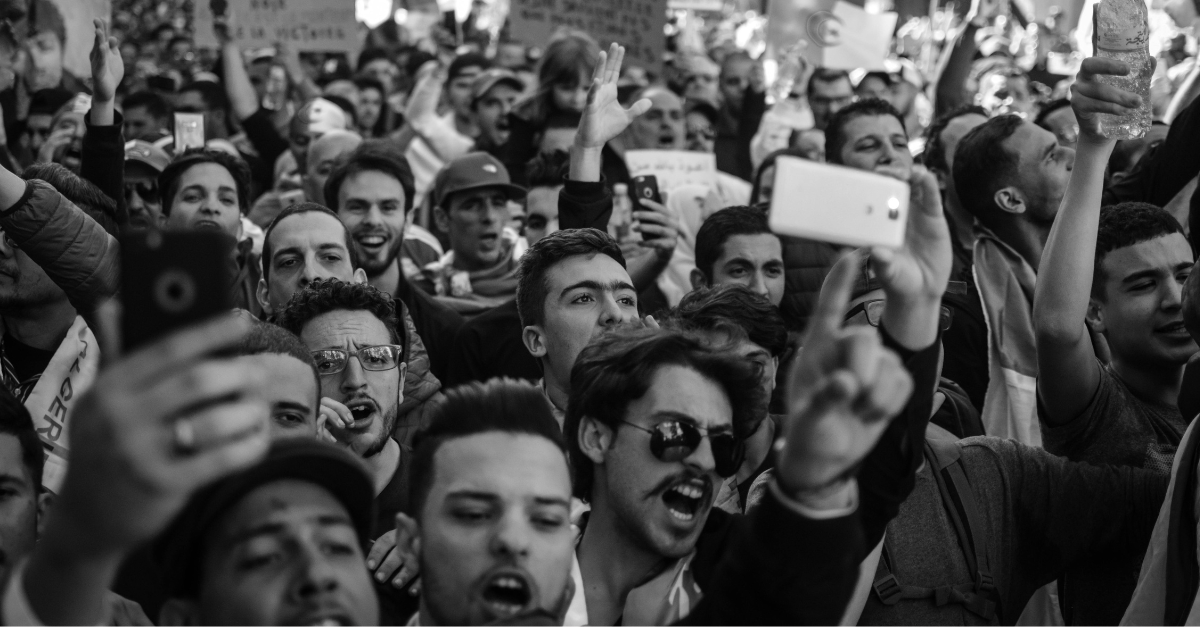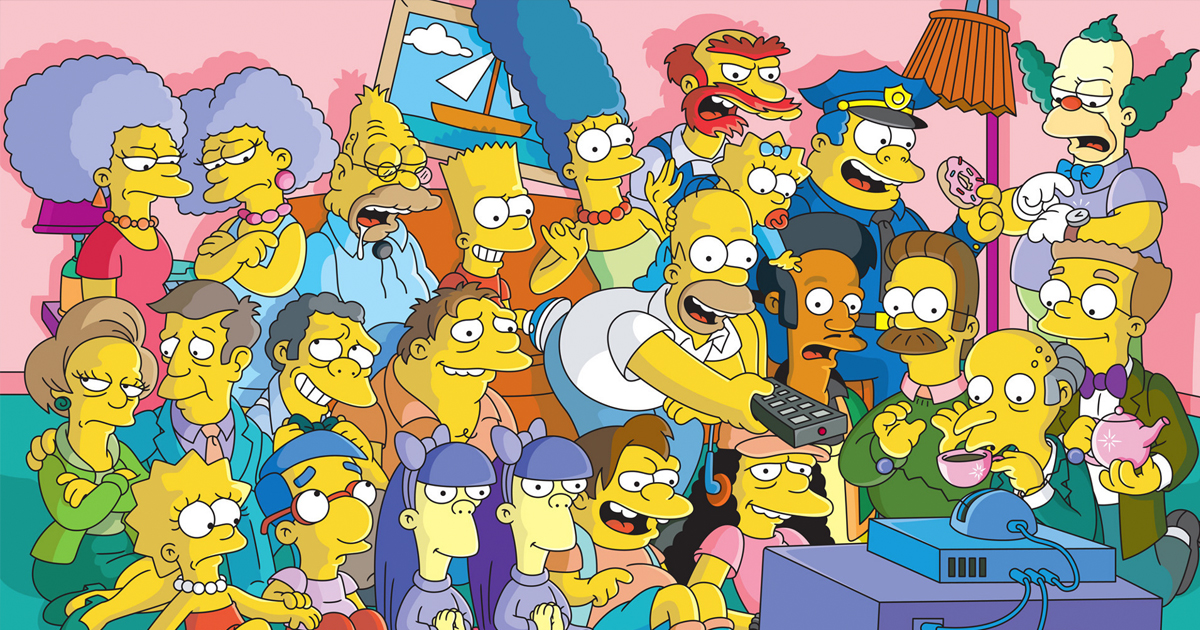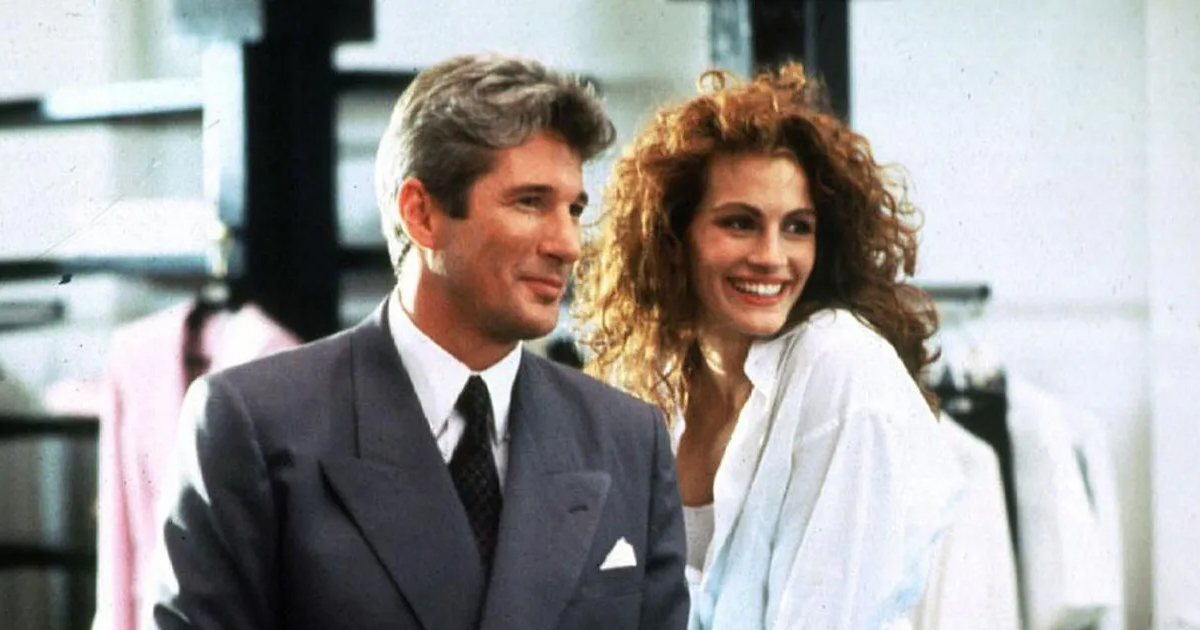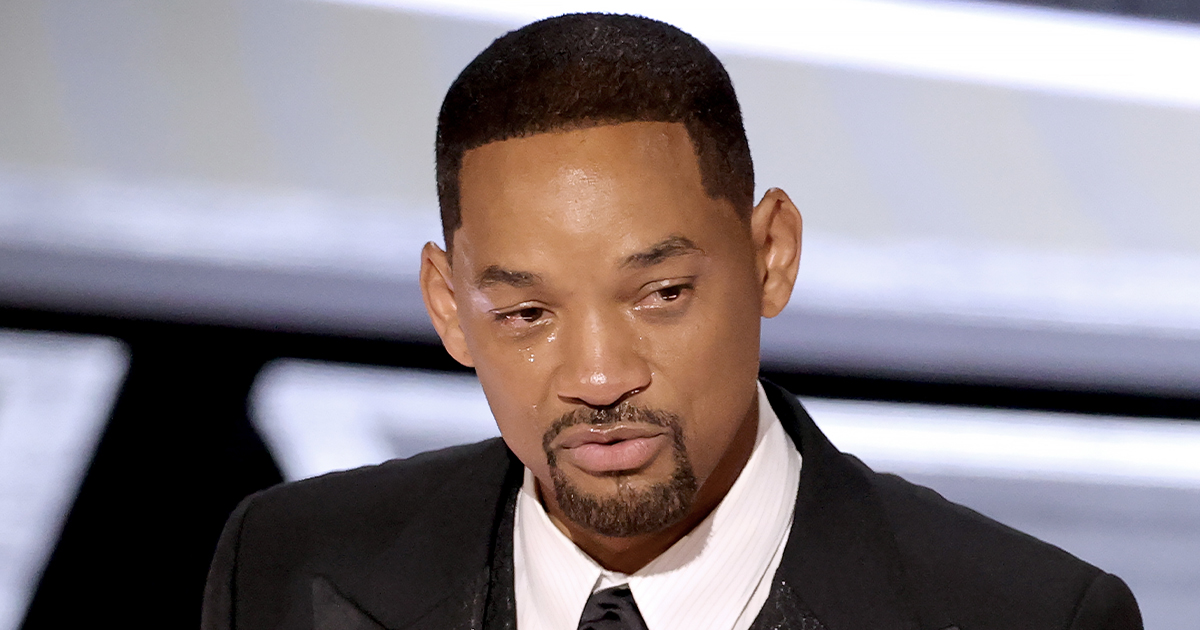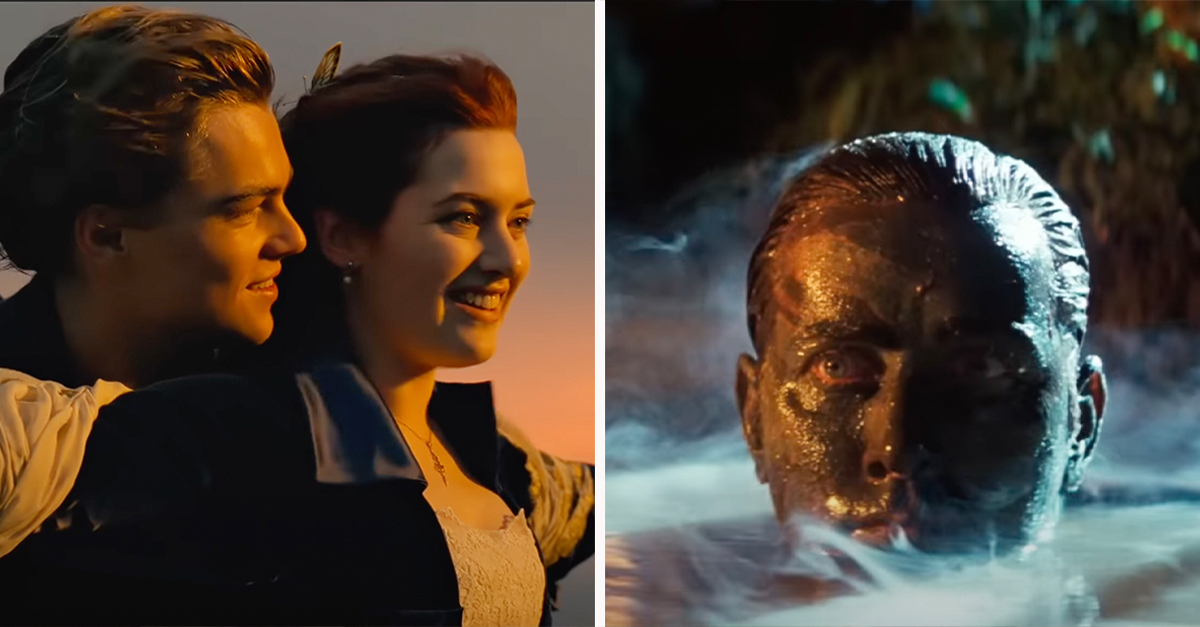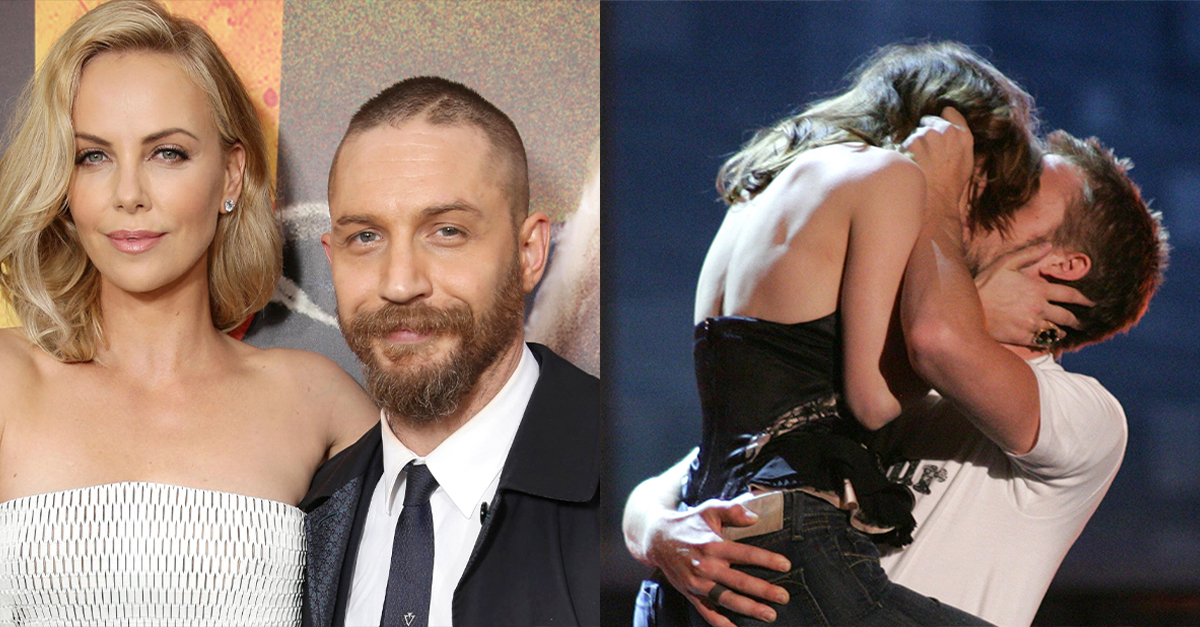When Music Sparked the Revolution
Every era has its anthem—those songs that don’t just reflect change, but ignite it. From haunting jazz ballads that condemned inequality to hip-hop anthems that shouted back at systemic prejudice, these tracks didn’t just soundtrack their times—they helped shape them.
Here are 20 songs that completely defined political movements, proving that sometimes three chords and a mic can do more than a thousand speeches ever could.
Billie Holiday–Strange Fruit
It’s impossible to overstate how radical “Strange Fruit” was when Billie Holiday first performed it. With chilling lyrics describing “black bodies swinging in the Southern breeze,” the song forced America to look at the horror of lynching in the face. Holiday risked her career—and her life—to perform it. The track still feels like a ghost haunting America’s conscience.
 Billie Holiday - Strange Fruit Live 1959 [Reelin' In The Years Archives], ReelinInTheYears66
Billie Holiday - Strange Fruit Live 1959 [Reelin' In The Years Archives], ReelinInTheYears66
Woody Guthrie–This Land Is Your Land
Woody Guthrie wrote “This Land Is Your Land” as a direct response to what he thought was the empty patriotism of “God Bless America”. Beneath its campfire-friendly melody lies a biting critique of inequality and greed. Generations later, it remains an anthem for the belief that America truly belongs to everyone, not just the wealthy few.
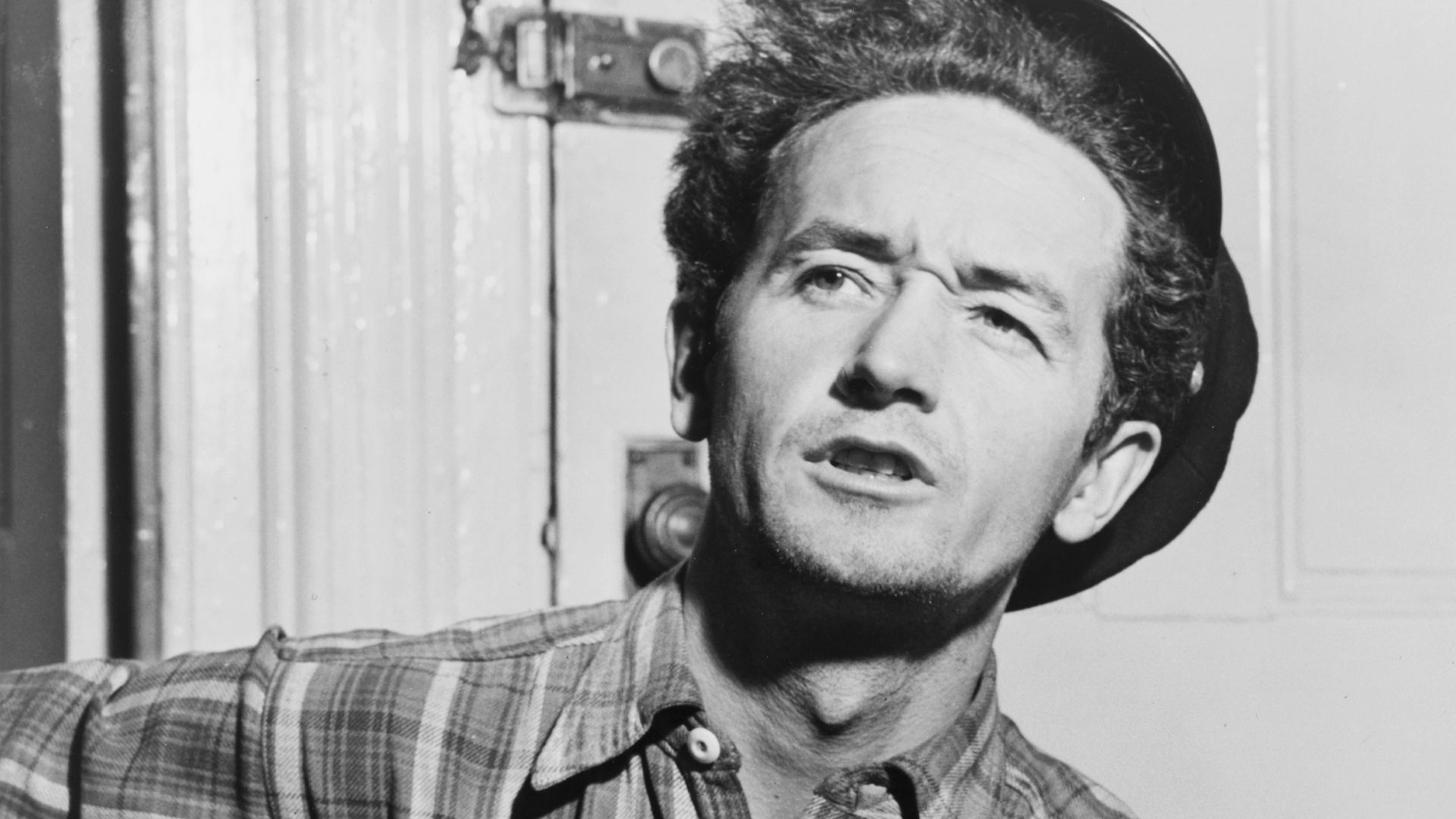 New York World-Telegram and the Sun staff photographer: Al Aumuller, Wikimedia Commons
New York World-Telegram and the Sun staff photographer: Al Aumuller, Wikimedia Commons
Bob Dylan–Masters of War
When Dylan dropped “Masters of War,” he aimed straight at the heart of the industrial complex. His words dripped with venom and despair at a world run by profiteers of conflict. Even today, it sounds like the furious mutter of a generation realizing who’s really pulling the strings.
 Bob Dylan — Masters of War. Edinburgh, Scotland. 1995, nightly moth
Bob Dylan — Masters of War. Edinburgh, Scotland. 1995, nightly moth
Sam Cooke–A Change Is Gonna Come
Inspired by both “Blowin’ in the Wind” and Dr. King’s “I Have a Dream” speech, Sam Cooke turned his voice from love songs to liberation. His gospel-tinged “A Change Is Gonna Come” became the soundtrack of the Civil Rights Movement. Every note feels like both a lament and a promise—and one that still needs keeping.
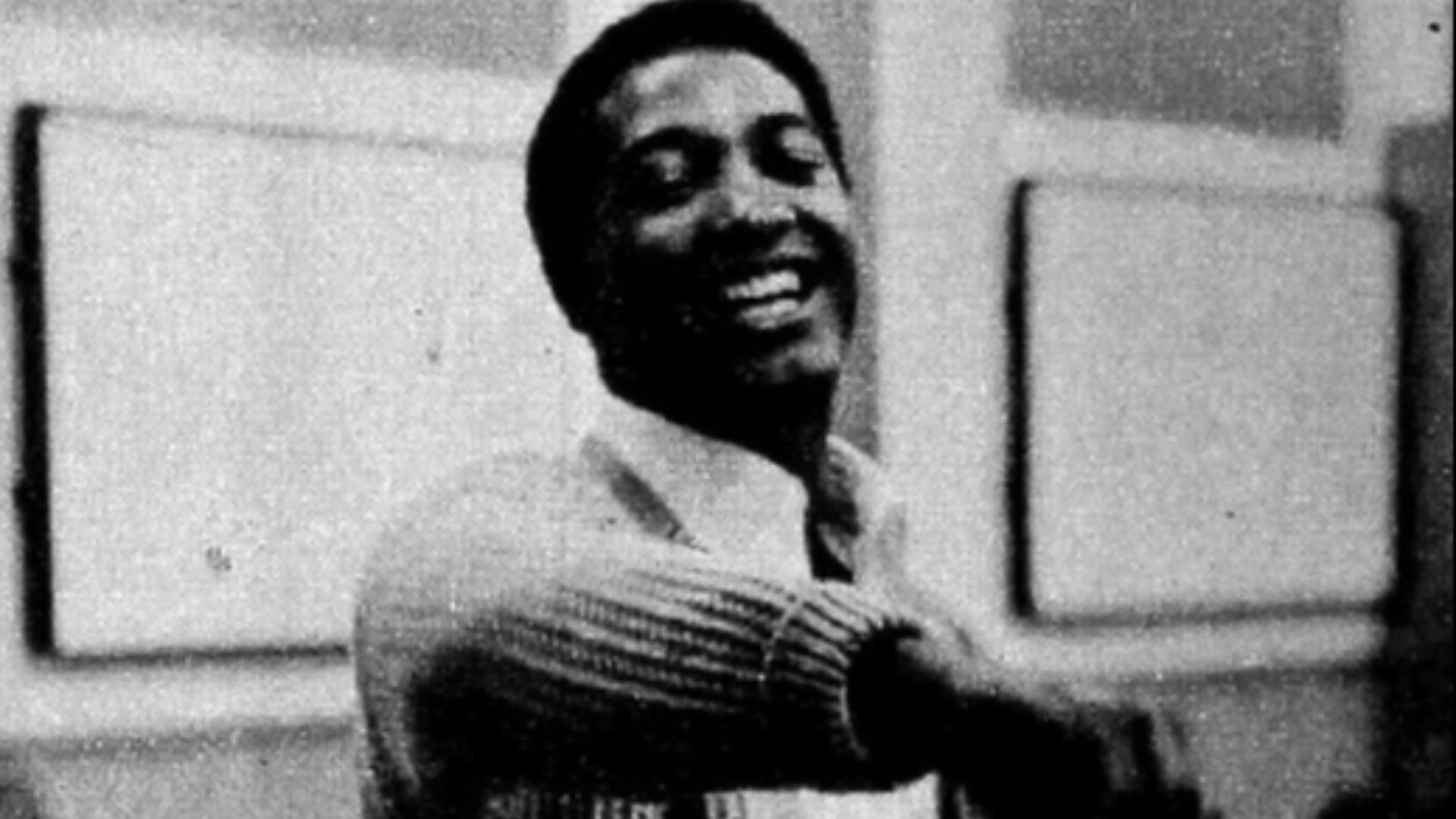 Macfadden Publications page 1, Wikimedia Commons
Macfadden Publications page 1, Wikimedia Commons
Nina Simone–Mississippi Goddam
Nina Simone didn’t mince words. Furious after the Birmingham church incident and the murder of Medgar Evers, she wrote “Mississippi Goddam” and performed it with fire in her veins. Audiences gasped; radio stations refused to play it. She didn’t care. Simone’s bold defiance became a spark for countless artists who refused to stay quiet.
 Nina Simone: Mississippi Goddam, Aaron Overfield
Nina Simone: Mississippi Goddam, Aaron Overfield
Buffalo Springfield–For What It’s Worth
It started with a Los Angeles curfew—but Stephen Stills’ “For What It’s Worth” quickly became the voice of a generation. Its eerie, echoing refrain—“Stop, children, what’s that sound?”—captured the confusion and confrontation of the 1960s. Few songs have ever turned a protest into poetry so effectively.
 Buffalo Springfield - For What It's Worth 1967, PettyYou007
Buffalo Springfield - For What It's Worth 1967, PettyYou007
Aretha Franklin–Respect
Otis Redding wrote it as a plea. Aretha Franklin turned it into a demand. Her version of “Respect” redefined what empowerment sounded like, fusing feminist and civil rights energy into one soul-shaking call to action. It’s more than a song—it’s a declaration of self-worth that refuses to expire.
 Aretha Franklin | Respect | 1967 | Best Version, Black Music Archive LIVE!
Aretha Franklin | Respect | 1967 | Best Version, Black Music Archive LIVE!
James Brown–Say It Loud–I’m Black And I’m Proud
By 1968, James Brown wasn’t asking for acceptance—he was announcing his pride. “Say It Loud – I’m Black And I’m Proud” gave the Civil Rights Movement a new rhythm: one of confidence and collective strength. Funk met revolution, and the result was a groove that demanded to be heard from the streets to the stage.
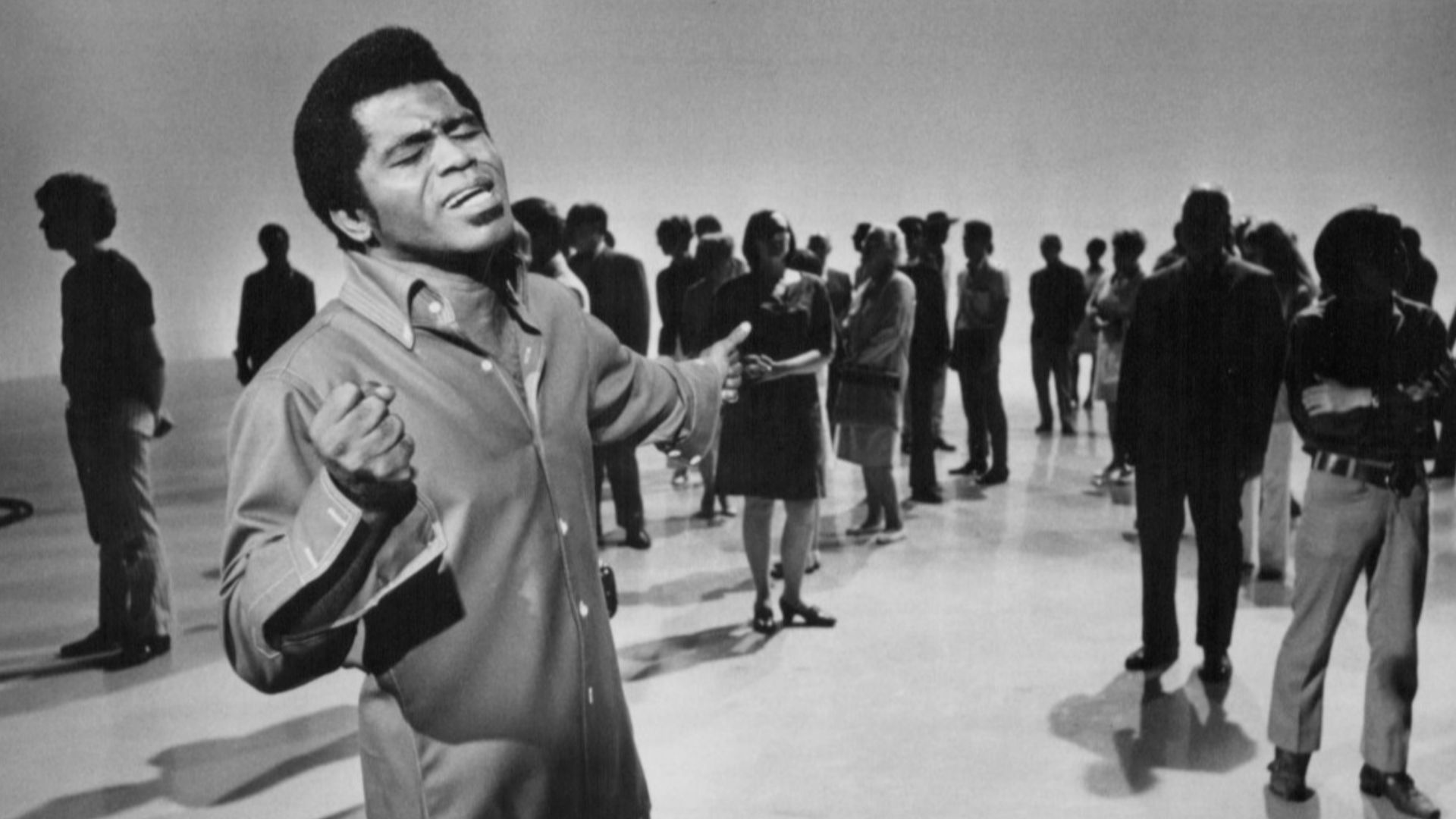 ABC Television, Wikimedia Commons
ABC Television, Wikimedia Commons
Creedence Clearwater Revival–Fortunate Son
John Fogerty’s “Fortunate Son” tore into America’s class divide during the Vietnam War. Its sneering chorus—“It ain’t me!”—was a middle finger to the powerful men whose sons avoided the draft. The irony? It’s since been used in commercials by the same kind of people the song was calling out.
 Creedence Clearwater Revival - Fortunate Son, Creedence Clearwater Revival
Creedence Clearwater Revival - Fortunate Son, Creedence Clearwater Revival
Crosby, Stills, Nash & Young–Ohio
Triggered by the Kent State shootings, “Ohio” was Neil Young’s gut reaction to seeing students gunned down for protesting the Vietnam War. His cry of “Why?” still hits like a gut punch. War. His cry of “Why?” still hits like a gut punch.It’s a raw reminder that political songs aren’t always about hope—sometimes, they’re about outrage.
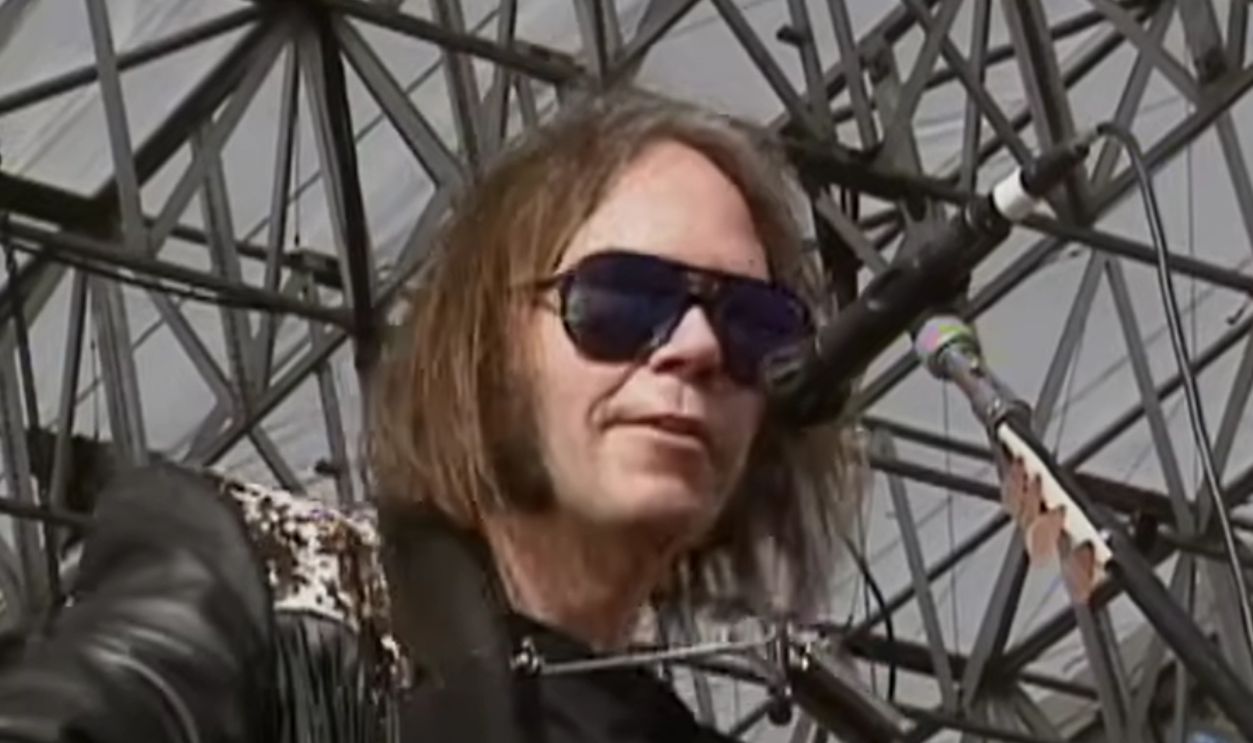 Crosby, Stills, Nash & Young - Ohio - 11/3/1991 - Golden Gate Park (Official), Neil Young on MV
Crosby, Stills, Nash & Young - Ohio - 11/3/1991 - Golden Gate Park (Official), Neil Young on MV
John Lennon–Imagine
“Imagine” asked listeners to picture a world without borders, possessions, or fighting. It was Lennon’s idealistic manifesto—soft on sound, radical in meaning. Even cynics can’t deny the song’s staying power; it remains the go-to anthem whenever the world needs a little more humanity.
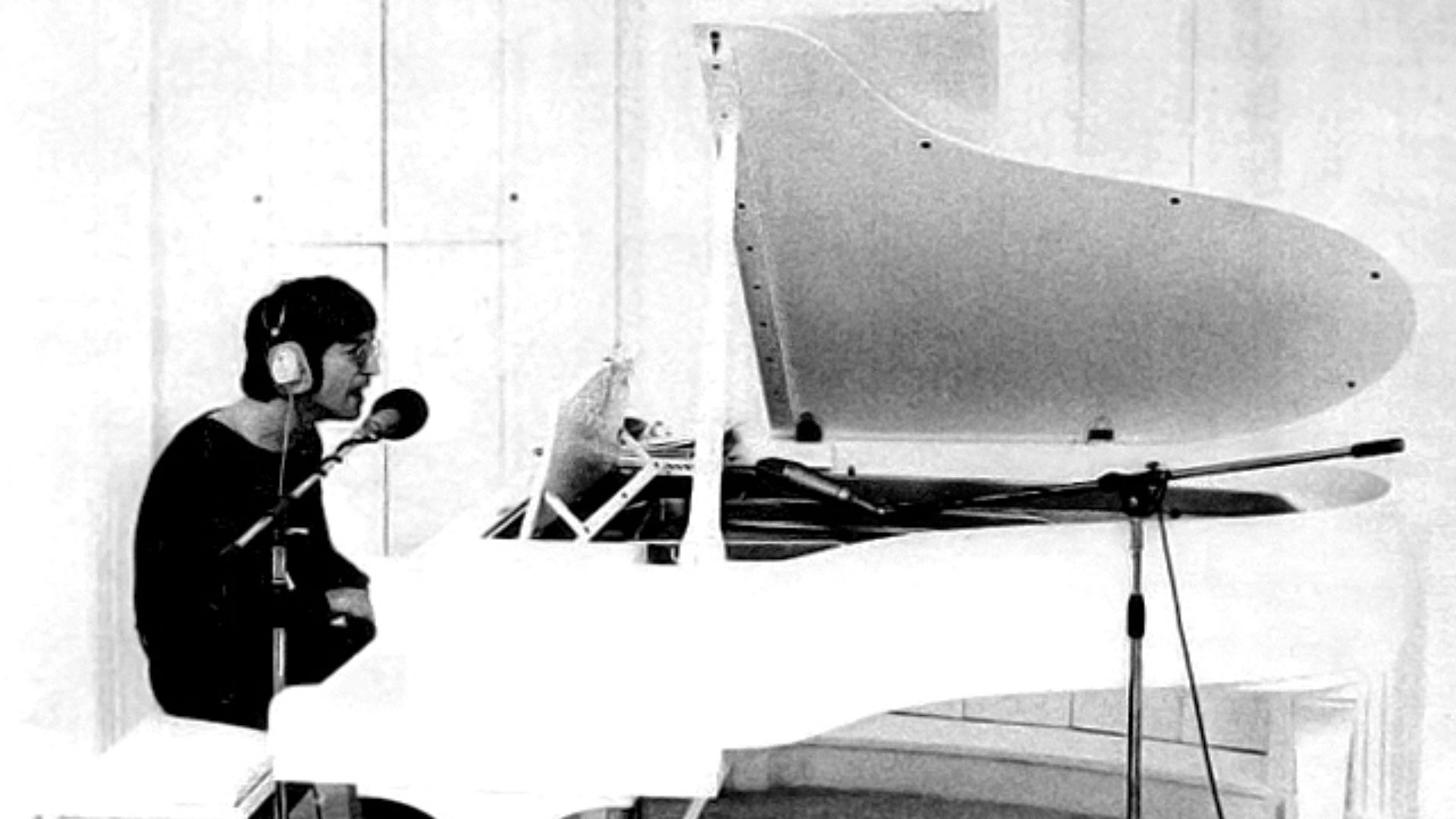 Peter Fordham, Wikimedia Commons
Peter Fordham, Wikimedia Commons
Gil Scott-Heron–The Revolution Will Not Be Televised
Long before Twitter and TikTok, Gil Scott-Heron warned us that the real revolution wouldn’t happen on screen. His “The Revolution Will Not Be Televised” skewered consumerism and media complacency with rhythmic precision. Decades later, its message rings painfully true—especially when rebellion becomes a hashtag.
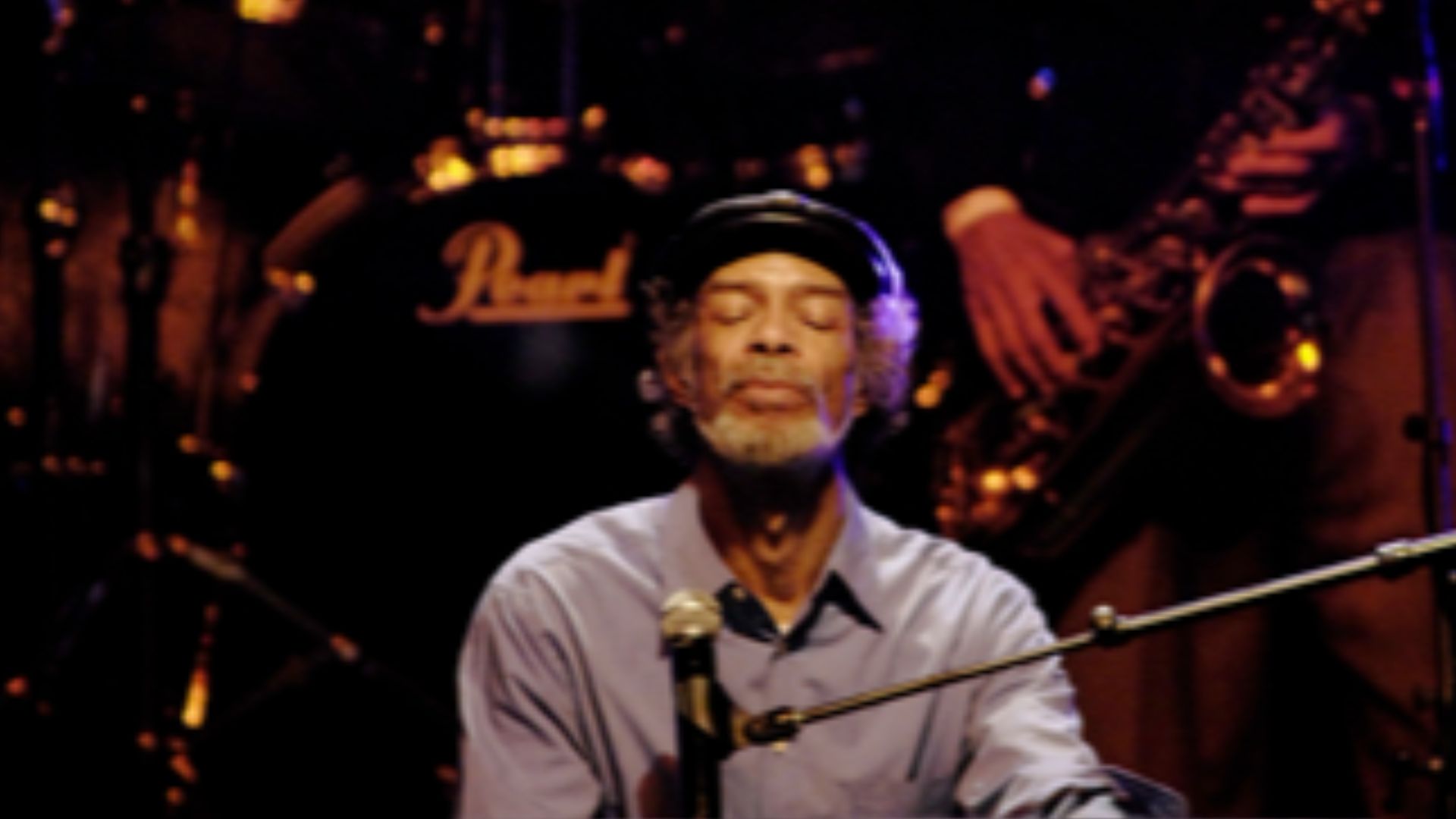 Adam Turner, Wikimedia Commons
Adam Turner, Wikimedia Commons
Marvin Gaye–What’s Going On
Marvin Gaye’s voice has never sounded more heartbreakingly gentle than on “What’s Going On”. Written amid authoritarian brutality and social unrest, the song’s warmth was its power—it didn’t yell; it pleaded. Gaye reminded everyone that empathy itself could be a form of protest.
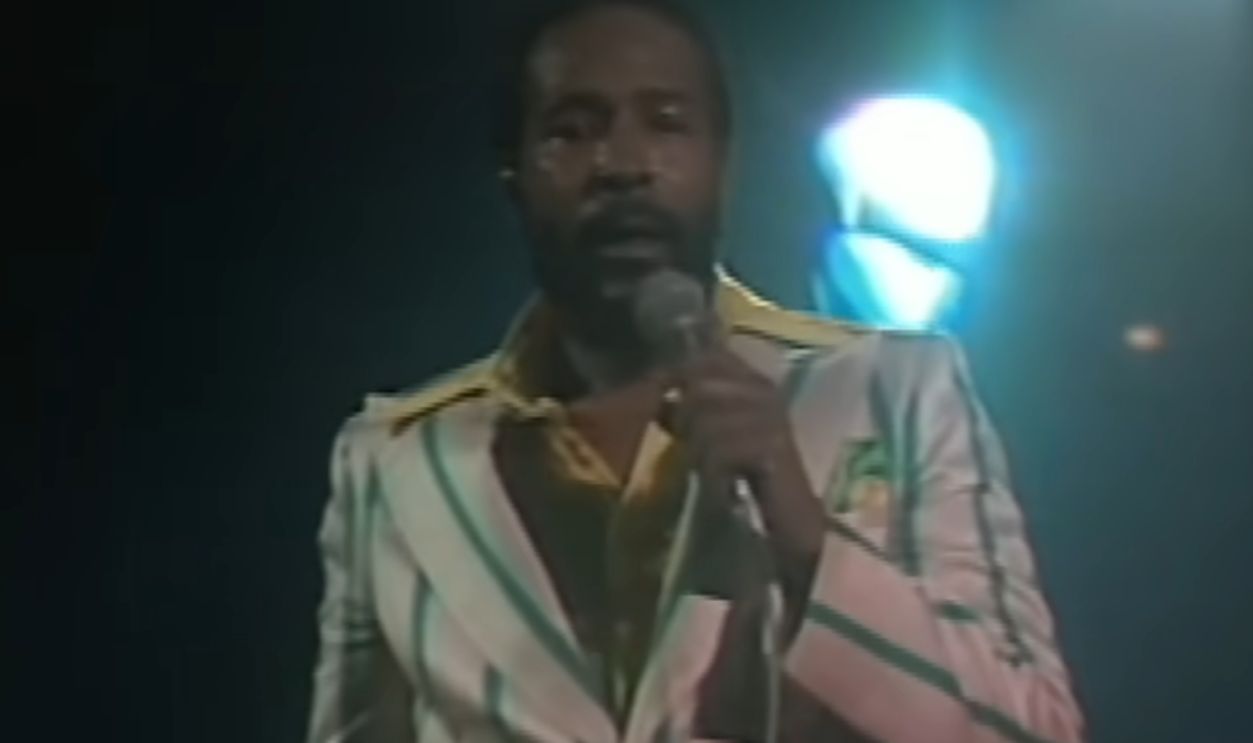 Marvin Gaye - What's Going On (Official Video 2019), Marvin Gaye
Marvin Gaye - What's Going On (Official Video 2019), Marvin Gaye
The Wailers–Get Up, Stand Up
When Bob Marley and Peter Tosh wrote “Get Up, Stand Up” after witnessing poverty in Haiti, they crafted reggae’s ultimate call to resistance. Its beat was uplifting, but its message was sharp—faith without action is useless. Few songs ever managed to make rebellion feel this joyful.
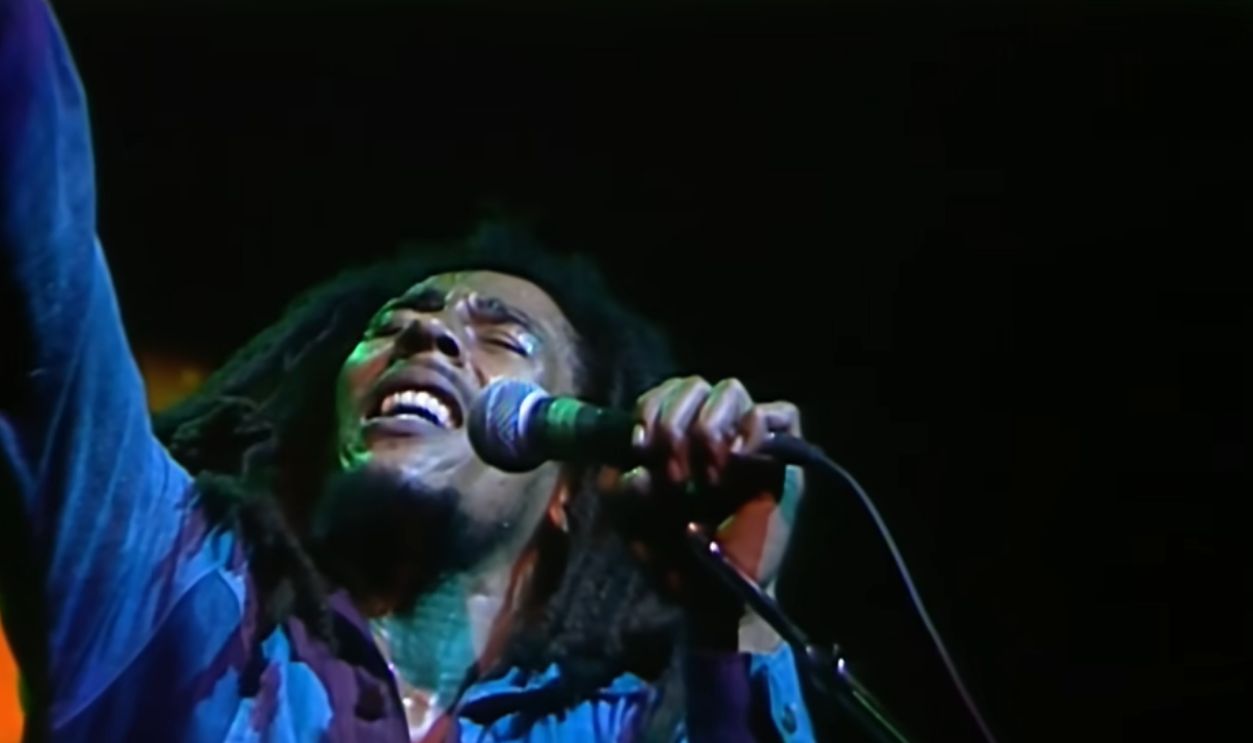 Bob Marley & The Wailers - Get Up, Stand Up (Live At The Rainbow Theatre, London / 1977), Bob Marley
Bob Marley & The Wailers - Get Up, Stand Up (Live At The Rainbow Theatre, London / 1977), Bob Marley
Robert Wyatt–Shipbuilding
“Shipbuilding” turned the Falklands infighting into a quiet tragedy. Penned by Elvis Costello and sung by Robert Wyatt, it asked whether jobs gained from building warships could ever justify the lives lost aboard them. It’s protest by reflection—a reminder that morality often drowns in economic convenience.
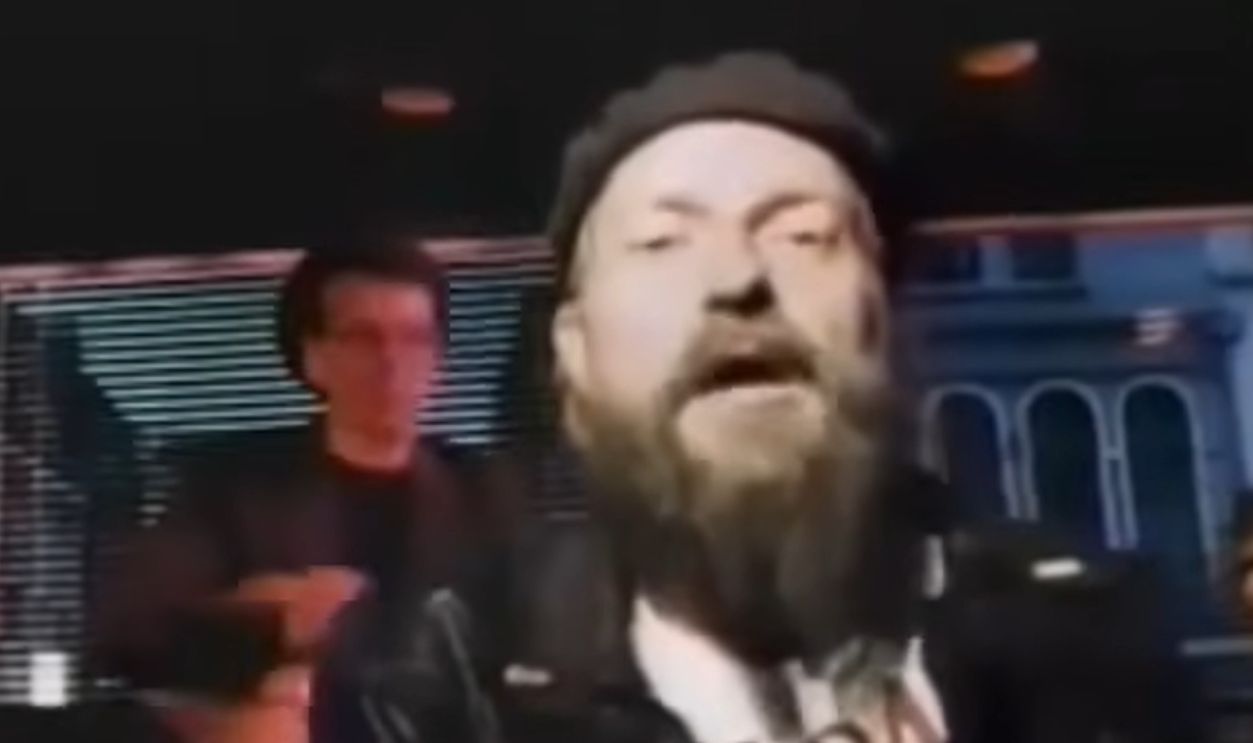 Robert Wyatt - Shipbuilding, bikkebooboo
Robert Wyatt - Shipbuilding, bikkebooboo
The Specials–Free Nelson Mandela
Before hashtags or viral campaigns, The Specials did it with ska. “Free Nelson Mandela” turned apartheid protest into a danceable, global movement. Its upbeat energy disguised a radical message that helped rally worldwide attention—and by the time Mandela walked free, this tune was blasting everywhere.
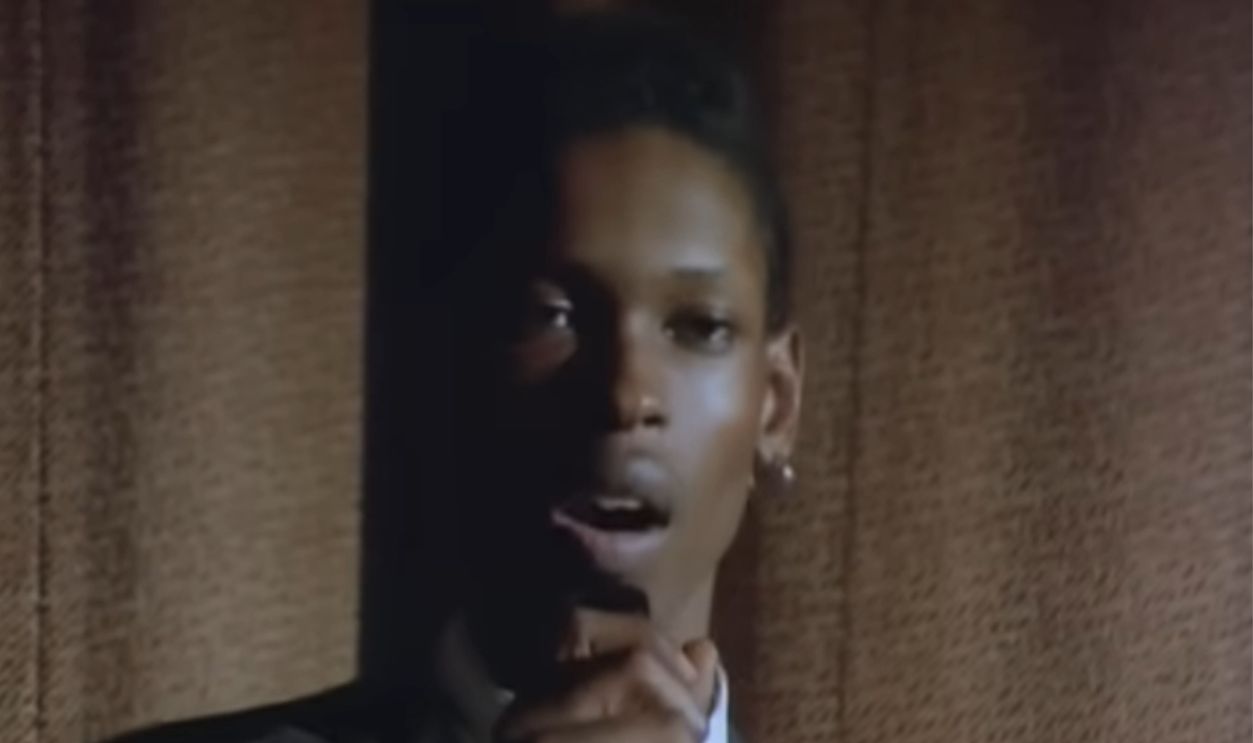 The Specials - Nelson Mandela (Official Music Video), The Specials
The Specials - Nelson Mandela (Official Music Video), The Specials
Bruce Springsteen–Born In The USA
Sure, it sounds patriotic—but Springsteen’s “Born In The USA” is anything but a flag-waving anthem. Behind the stadium roar hides a story of a Vietnam vet abandoned by the country he fought for. The misunderstood irony made it even more powerful—it fooled the very people it was critiquing.
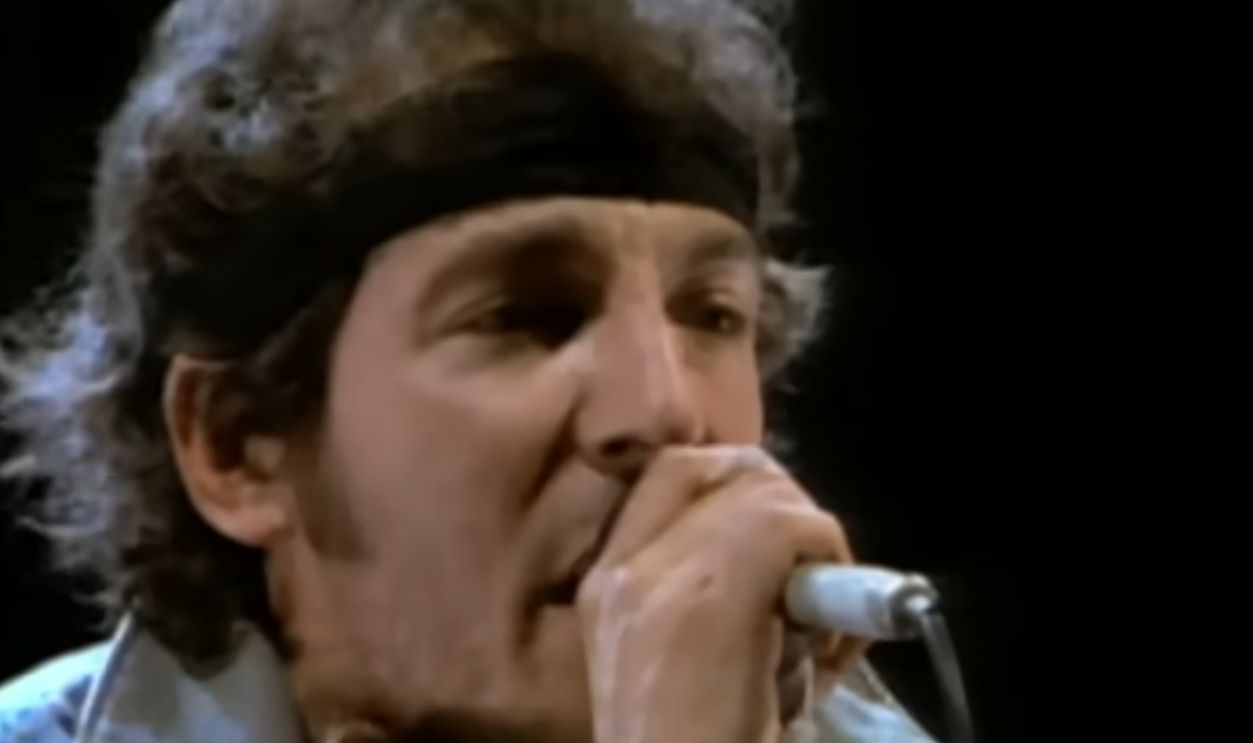 Bruce Springsteen - Born in the U.S.A. (Official Video), Bruce Springsteen
Bruce Springsteen - Born in the U.S.A. (Official Video), Bruce Springsteen
Public Enemy–Fight The Power
When Public Enemy dropped “Fight The Power,” they didn’t just make a song—they built a battle cry. Chuck D’s lyrics captured Black anger and pride like lightning in a bottle. It became the heartbeat of Spike Lee’s Do the Right Thing and an everlasting symbol of defiance.
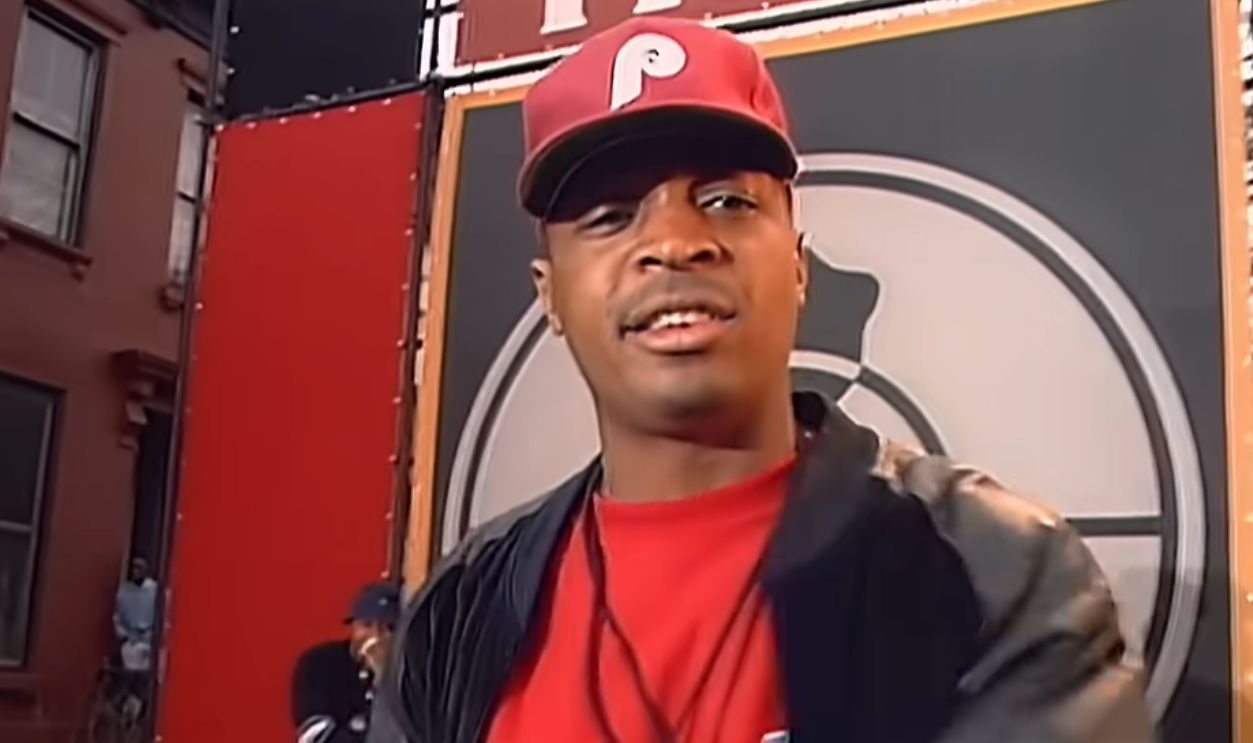 Public Enemy - Fight The Power (Official Music Video), Channel ZERO
Public Enemy - Fight The Power (Official Music Video), Channel ZERO
Kendrick Lamar–Alright
With its chant of “We gon’ be alright,” Kendrick Lamar’s “Alright” became the rallying cry of the Black Lives Matter era. Protesters turned its hook into a promise and a prayer, shouted through tear gas and megaphones. It’s proof that in modern movements, the beat still marches on.
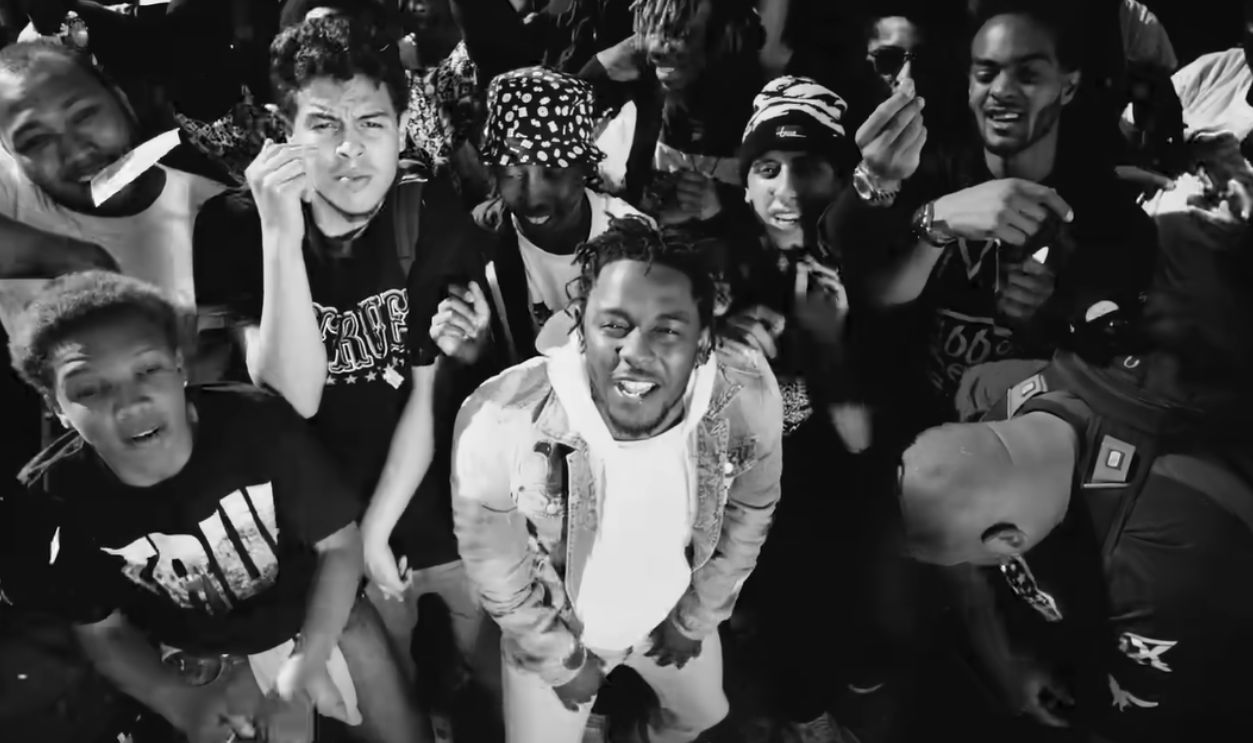 Kendrick Lamar - Alright (Official Music Video), Kendrick Lamar
Kendrick Lamar - Alright (Official Music Video), Kendrick Lamar
Childish Gambino–This Is America
Donald Glover turned shock into art with “This Is America.” Its jarring video—gunshots, dancing, chaos—captured America’s contradictions in one surreal loop. Behind the catchy trap beat lurked a country at war with itself. It wasn’t just a hit; it was a mirror no one could look away from.
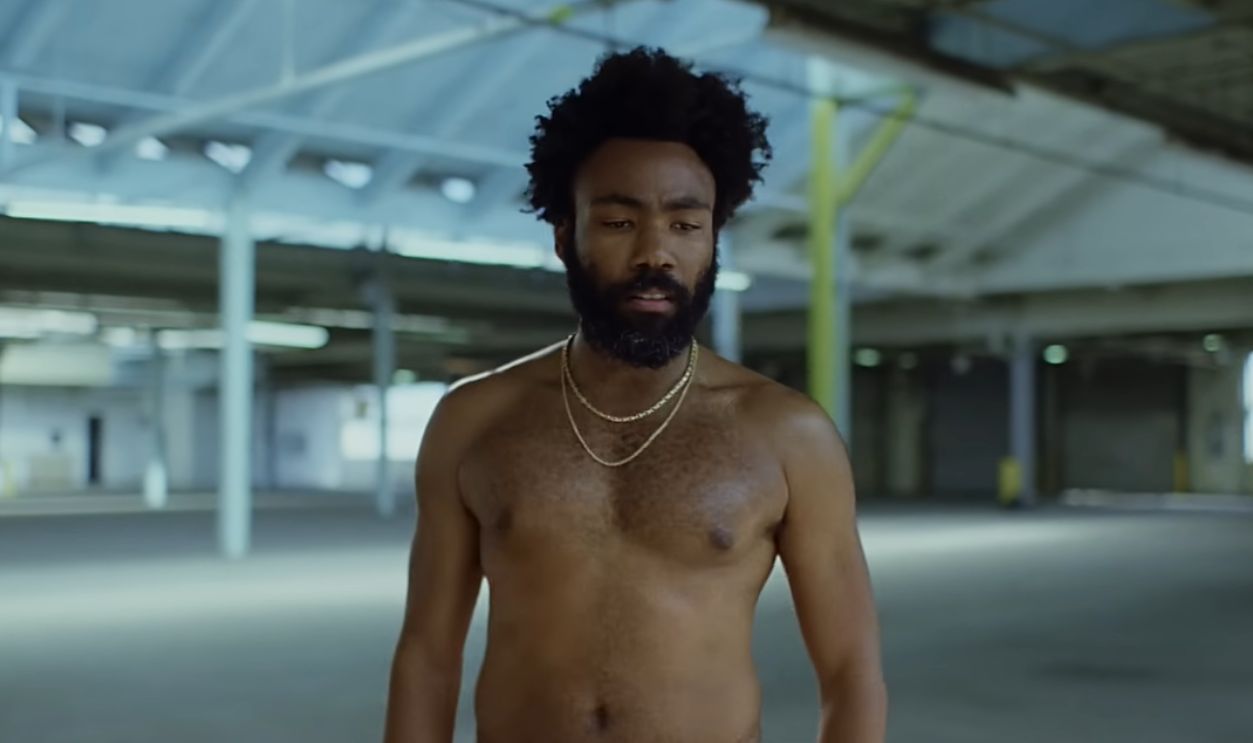 Childish Gambino - This Is America (Official Video), Donald Glover
Childish Gambino - This Is America (Official Video), Donald Glover
You May Also Like:
The Best Songs From Animated Movies, According To Fans
Doomed Facts About Sandy Denny, The Falling Folk Star
Source: 1

